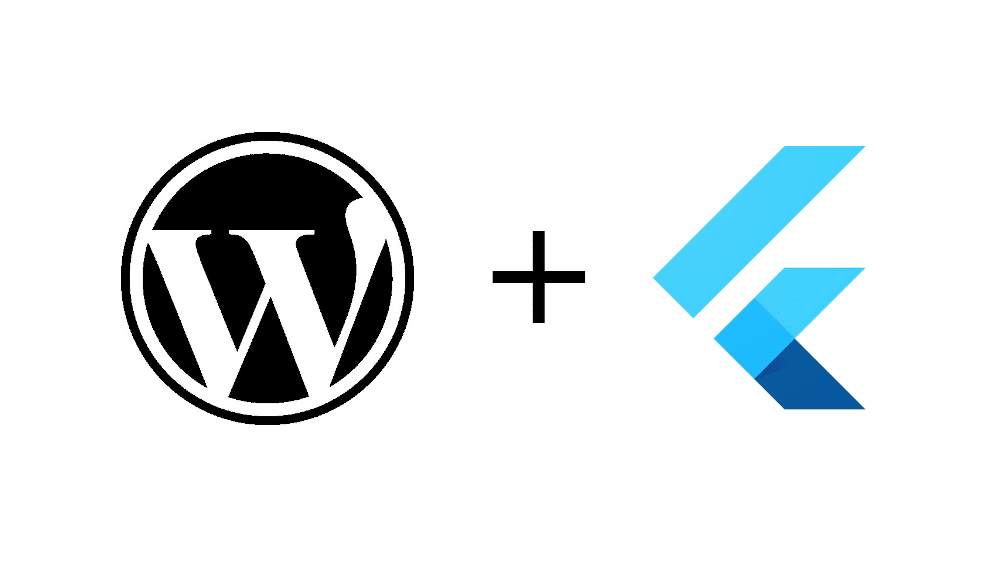Creating a Flutter App for Any WordPress Website
Are you looking to take your WordPress website to the next level? Consider creating a Flutter app to provide your users with a seamless and engaging mobile experience. Flutter is a popular open-source framework developed by Google for building natively compiled applications for mobile, web, and desktop from a single codebase. In this article, we will explore how you can create a Flutter app for any WordPress website, allowing you to reach a wider audience and improve user engagement.
Getting Started with Flutter
Before we dive into creating a Flutter app for your WordPress website, you need to have a basic understanding of Flutter and how it works. Flutter uses the Dart programming language and provides a rich set of pre-designed widgets that can be easily customized to fit your brand’s style and aesthetic. To get started, you will need to install Flutter on your computer and set up your development environment.
Setting Up Your WordPress Website for Integration
Once you have a grasp of Flutter and have your development environment set up, the next step is to prepare your WordPress website for integration with the Flutter app. You can use the WP REST API to enable communication between your website and the Flutter app. This will allow you to fetch content from your website, such as blog posts, images, and user comments, and display them within the app.
To integrate your WordPress website with the Flutter app, you can use plugins like JSON API, WP-API, or REST API to expose your website’s data as JSON endpoints. Then, you can make API requests from your Flutter app to fetch this data and render it on the app’s user interface.
Building Your Flutter App
Now that your WordPress website is ready for integration, it’s time to start building your Flutter app. You can create a new Flutter project using the Flutter command-line interface and set up the necessary configurations for your app. You can design the user interface of your app using Flutter’s rich set of widgets, including buttons, text fields, lists, and more.
When building your Flutter app, make sure to optimize it for performance and user experience. Consider implementing features like lazy loading, caching, and image optimization to ensure that your app runs smoothly on all devices. You can also use Firebase for backend services such as authentication, database storage, and cloud messaging.
Deploying Your Flutter App
Once you have completed building and testing your Flutter app, it’s time to deploy it to the app stores. You can publish your app to the Google Play Store for Android devices and the Apple App Store for iOS devices. Make sure to follow the guidelines set by each store to ensure that your app meets the necessary requirements for approval.
After deploying your Flutter app, you can promote it to your website visitors and encourage them to download the app for an enhanced browsing experience. You can also use push notifications to engage with your users and keep them informed about new content and updates on your website.
Conclusion
Creating a Flutter app for your WordPress website can help you expand your reach and provide your users with a mobile-friendly experience. By integrating your website with a Flutter app, you can enhance user engagement, improve performance, and stand out in the crowded digital landscape. Follow the steps outlined in this article to get started on building your Flutter app and take your WordPress website to the next level.

